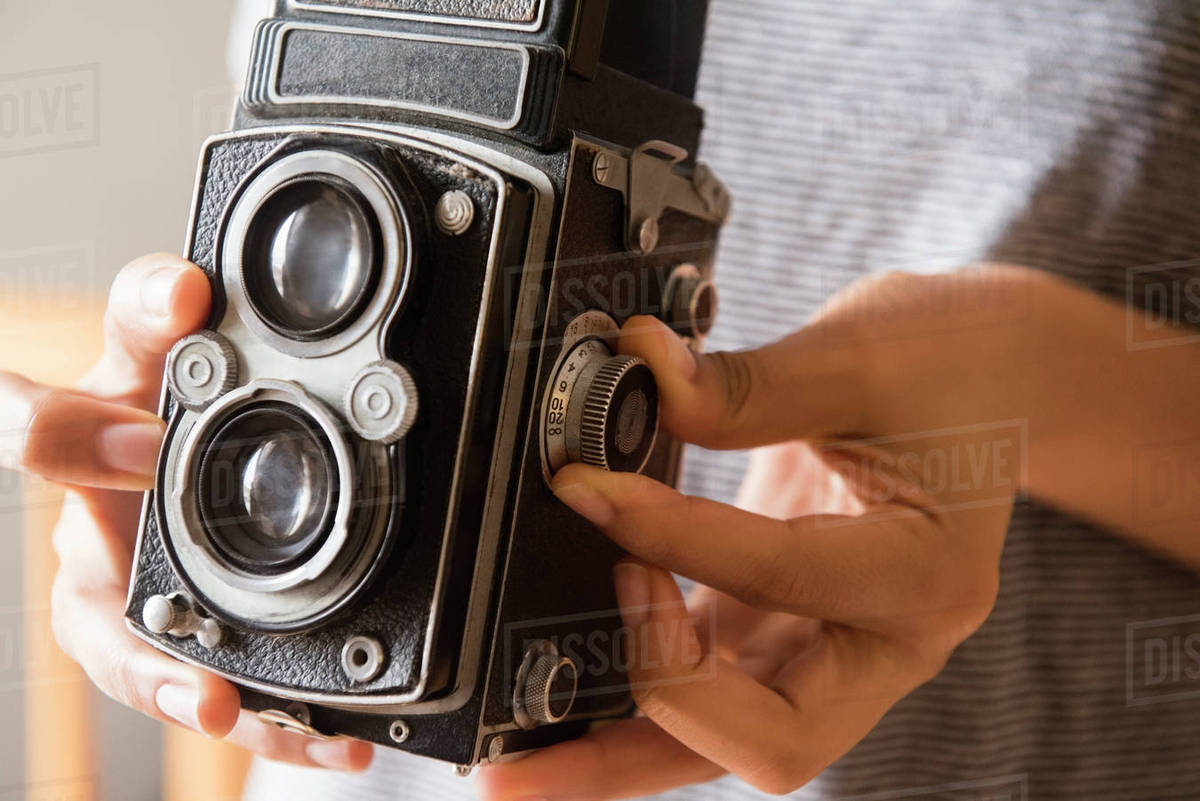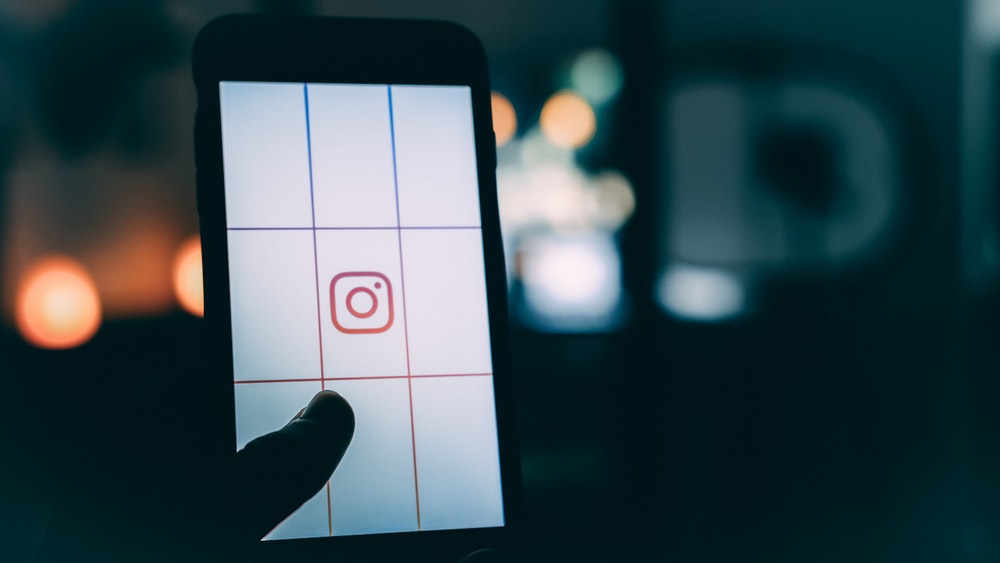“In photography there is a reality so subtle that it becomes more real than reality.”
Alfred Stieglitz

Digital media has enhanced the ease of the people in terms of improving their knowledge, skills and expertise. The enhancement of the practical skills, one of the benefits, which the people have received by intervening into the world of digital media. The young generation has elated at the flexibility in the digital media platforms like Facebook, Instagram, YouTube where the people can upload various images and share it with their friends, relatives and others. Going in the flashback, there was a camera consisting of 35mm rolling, enabling the support of clicking 24 photos at the same time that was the only weapon for us to shoot. At that time, clicking a photo reflected the conglomeration of the recollection and feelings. People used to have the albums, which enabled them to cherish the memories, which they shared. Given these aspects, you can see the transition of photography in the early and the digital age.

Sharing of the images in the digital media platforms is one of an effective means of conveying the essential thoughts, ideas and emotions to the friends, relatives and peers. This is covered in the parameter of the art, which represented the pictorial presentation of your expressions as a photographer artist. These aspects make “photography still alive in the digital age”. In these perspectives, Rose (2016) opines that a “new purpose of communication” has evolved with the field of art. Based on this emerged purpose, you can affirm with the enhanced power of technology in terms of the personalising the aspect of wish fulfilment.
In modern times, the limitations of the digital media platforms have contracted the capabilities of the people in terms of making a pictorial representation of their thoughts, feelings and emotions. Here, you can cite the example of Instagram, which is assistance for the amateurs in terms of enhancing the awareness of the audience regarding their photography skills— in this, considering the arguments of Rose (2016), that the canvases have shrunk in comparison to the artistic skills, abilities and competencies of the artists. Instagram hashtags have become more useful for making contents more discoverable and attract more people to get engaged on your profile. Granted your hashtags correctly, you can see increased follower numbers and engagement.
Instagram is a platform for photo sharing where both the professionals as well as amateurs built their careers utilising the unique benefit of this social networking site. This is in terms of the editing features, using which reflects the artistic skills of the people. The apps consist of modern features, which entraps the people into the elements. This keeps the people engrossed, that they intend to incorporate the ordinary art into something, which is beyond their artistic skills and capabilities. These apps are a practical example of innovation, which has altered the dynamics of creativity in Instagram, incorporating the aspects of time and globalisation, in which the art has experienced changes. Now in the era of hashtags, the artists have the freedom to express their thoughts in a free form. Here, I can relate the views of Sontag (1977), which sheds light on the abstract way of art, which had no particular format. In schools also, traditional pedagogy is practised, where the teacher adopts the conventional form of painting scenery for disseminating the basic structure of art to the students. However, the modern pedagogy of art is much more diversified. This is because of the diversified sources from where the students can enhance their artistic skills.

Sontag (1977) argues that “photography is dead” as the artists are not getting a proper platform for portraying their skills to the audience. Here the government gets a chance to take more initiatives for providing lucrative opportunities to the artists in terms of unleashing their artistic talents. Contests in digital media can be a good start to identify the tastes of the artists. This identification would be useful in terms of organising exhibitions, but of course, financial flexibility is crucial for the government in terms of holding the demonstrations. A creative approach, in this case, is appropriate in terms of empowering the artists. Affirming the ideas of Villi (2010), I can state that photography in the digital age can be preserved if the intelligent approach is exposed to unleashing the artistic skills of the artists. I think rationality is essential in this case for preventing commercialisation of the creative skills, competencies and abilities. Evolution of the art and its preservation can be researched, which would be useful in terms of keeping the art alive. Taking surveys and interviews of the artists would be sufficient for the respecting their individuality and levying liberal approach towards their needs. Instagram can be modified with features like the drawing and painting on the canvases, which would act as an opportunity for the artists to showcase their talents. Limitations would not be productive for extracting free and abstract art forms, stalling the enhancement of skills in case of the artists. Therefore, affirming with the arguments supporting the theme-based paintings and drawing should not be there in the pictures on social networking sites like Instagram.